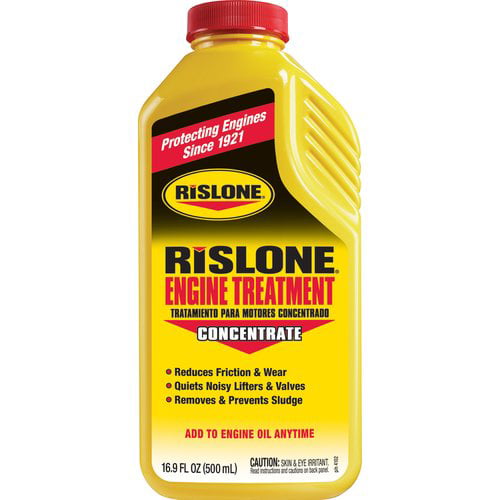rbarrios
Thread starter
Originally Posted By: OVERKILL
Originally Posted By: rbarrios
Originally Posted By: OVERKILL
Originally Posted By: oil_film_movies
Very true. This engine is beating the Universal Average by a lot!
With the massive amount of make-up oil, that's to be expected.
here are the earlier UOA

So this, with your current trend, iron seems to be all over the map, which is unusual. Do you always run the same oil?
Ive used nothing but Valvoline White Bottle. (Conventional).
The UOA where the lowest iron counts were reported, these were oil change intervals were the vehicle was used on a road trips, with passengers, cargo on the roof, inside, and on a hitch rack.
about 3200 miles roundtrip.
1600 miles out in 2 days and 1600 miles back in 2 days.
Then the vehicle was driven daily as normal until the UOA.
Originally Posted By: rbarrios
Originally Posted By: OVERKILL
Originally Posted By: oil_film_movies
Very true. This engine is beating the Universal Average by a lot!
With the massive amount of make-up oil, that's to be expected.
here are the earlier UOA

So this, with your current trend, iron seems to be all over the map, which is unusual. Do you always run the same oil?
Ive used nothing but Valvoline White Bottle. (Conventional).
The UOA where the lowest iron counts were reported, these were oil change intervals were the vehicle was used on a road trips, with passengers, cargo on the roof, inside, and on a hitch rack.
about 3200 miles roundtrip.
1600 miles out in 2 days and 1600 miles back in 2 days.
Then the vehicle was driven daily as normal until the UOA.


